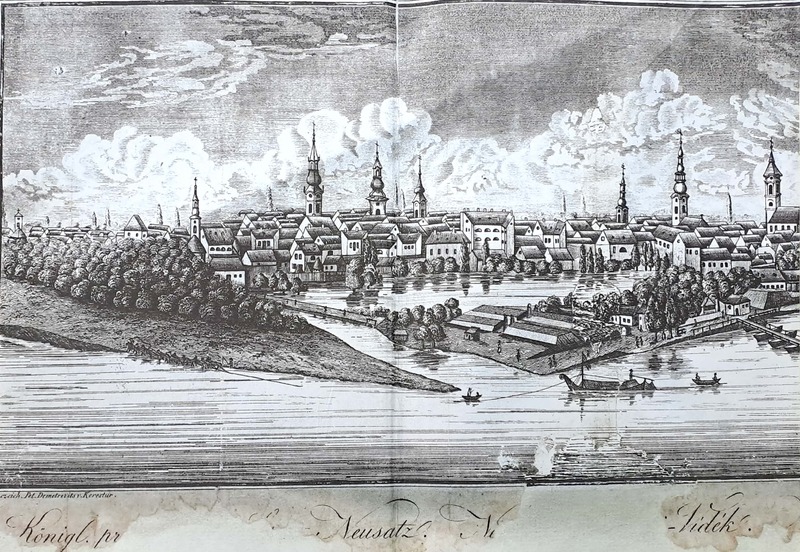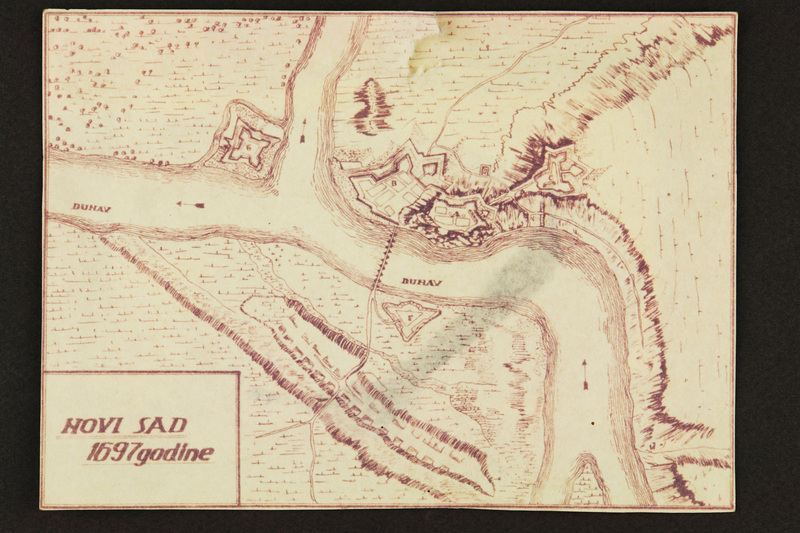The founding of Novi Sad

The first known written document mentioning the settlement now called Novi Sad dates back to 1694. At that time, namely, General Engelshofen reported on the completion of the bridgehead on the Bačka side of the Danube. Bridgehead (Brückschanz – as it was called) was a military fortification with several buildings, which served to protect the Petrovaradin Fortress from a military attack, until the removal of the pontoon bridge. (The bridgehead existed until the beginning of the 1920s when it was demolished so that the city could finally have “accessˮ to the river.)
This, so far, first known written document is taken as the initial in the life of the city. The year 1694 is considered the year of the establishment of the settlement (Racka Varoš, Srpski Grad, Petrovaradinski Šanac, as it was called until 1748 when it got its current name). However, based on the latest historical research, it is indirectly assumed that the settlement was established a few years earlier, but not before 1691, due to frequent military operations conducted against the mentioned Turkish military units. The last major conflict was recorded in 1694.
According to an Austrian regulation, only Catholics could live in Petrovaradin, as a military settlement, so the population of the newly created settlement was mostly Serbian Orthodox. There were also Jews in a slightly smaller number, an insignificant number of Germans and Catholic Hungarians, and a negligible number of others. The first inhabitants of the settlement were the builders of the mentioned bridgehead, located in its inhospitable, unhealthy surroundings, then merchants, suppliers of the Petrovaradin Fortress, blacksmiths, other craftsmen, owners of taverns, and others.
Apart from this settlement (and perhaps in connection with it), at the beginning of todayʼs Dunavska Street and around the contemporary Vladičanski Dvor, and also at the beginning of todayʼs Svetozar Marković, Zlatna Greda, and Grčkoškolska streets, merchants built their houses (along the “carska džadaˮ, the Imperial Road, which connected Constantinople with Vienna and passed through todayʼs Svetozar Marković, Pašićeva, and Temerinska streets). […]
Also, at the beginning of the 18th century, the seat of the Bačka Diocese was transferred from Szeged to this settlement, which contributed to its faster spiritual and cultural prosperity.
Images

